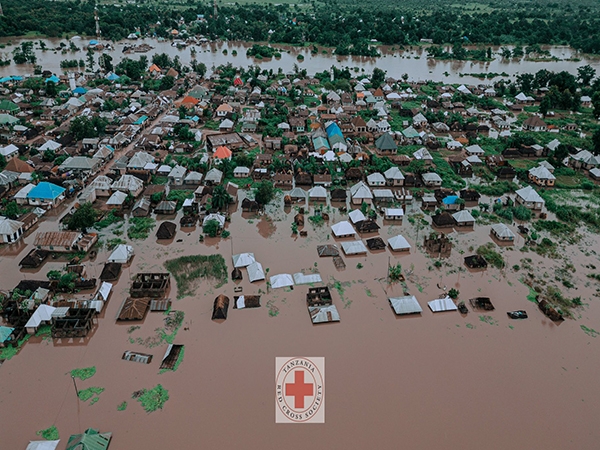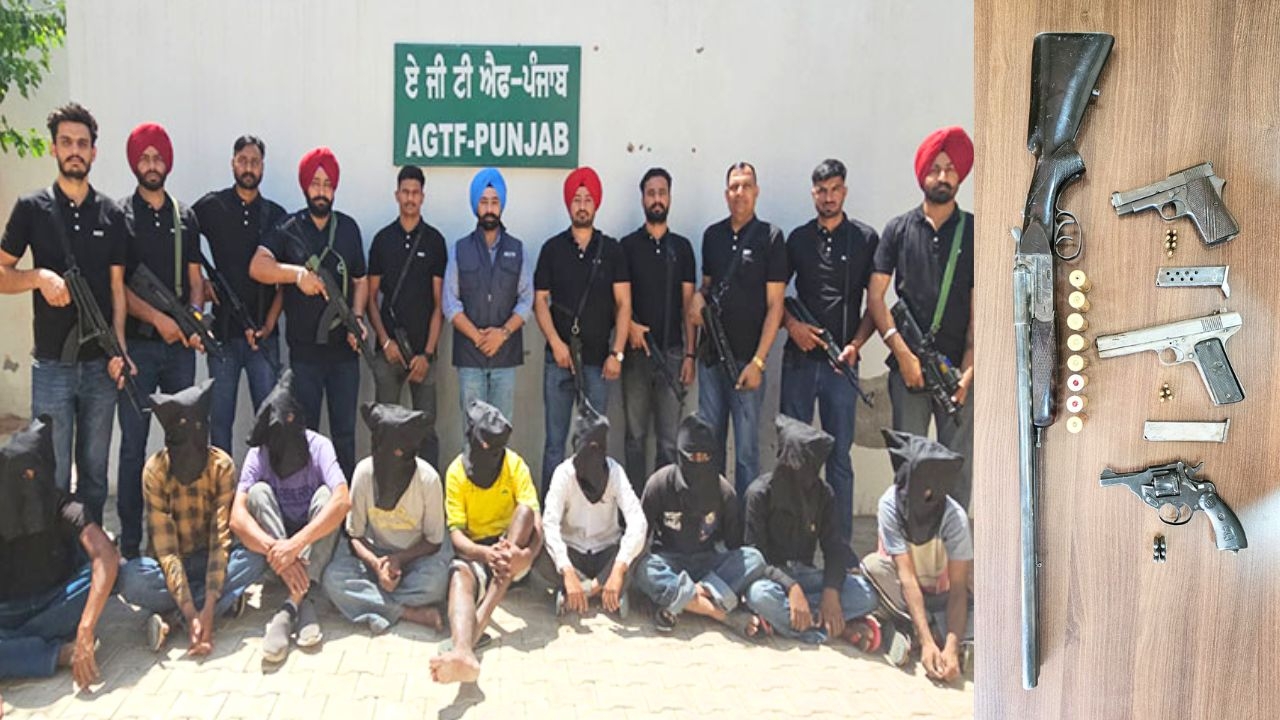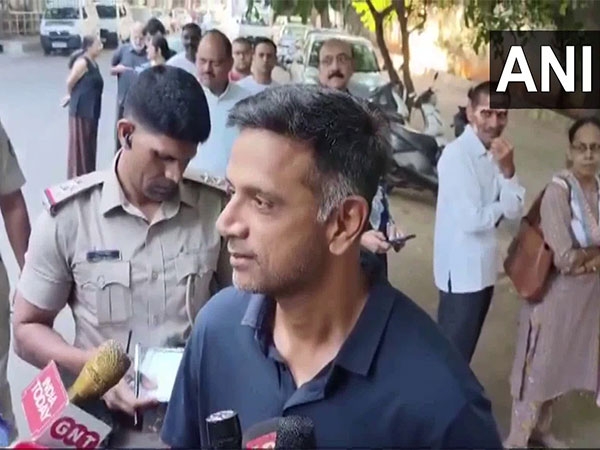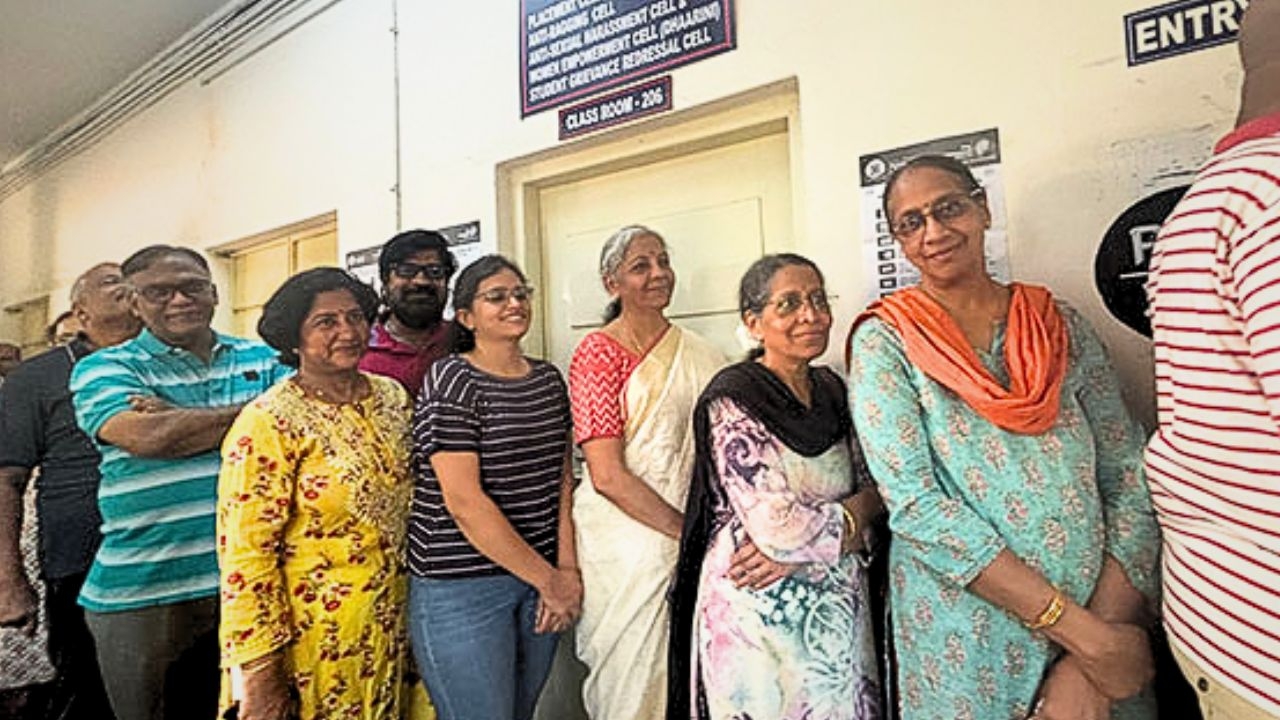Uttarakhand's Kosi river is dying and only an immediate intervention will save it

The Kosi river in Uttarakhand's Kumaon region is dying, and experts suggest that if immediate measures are not taken to rejuvenate the river, it could spell doom for the region. Data from the last 25 years shows that the lean flow capacity of the river during summers has witnessed a massive, over 700%, drop.
Equally worrying is the fact that the constant neglect and lack of foresight by successive governments has resulted in a shortening of the river's total length from 225 kilometers to just 41 in the last 40 years.
This has worried experts, who believe that if “biological or mechanical measures” are not taken, the perennial nature of the river could be affected, possibly even leading to the river's disappearance altogether.
A critical situation
Professor JS Rawat, who teaches Geography at Kumaon University in Almora, has been studying the river for the last 25 years, and his research shows that the flow discharge in the river has been in a state of constant decline.
From a high of 790 liters/second in 1992, the Kosi's discharge fell to a paltry 50 liters/second in 2016. “This is a disaster waiting to happen considering that people of more than 350 villages and towns live on its banks and use its water for multiple purposes,” Rawat warns.
_94968.jpg)
The summer flow of non-glacial rivers of Uttarakhand, including the Kosi, is dwindling very fast, largely due to low groundwater recharge as a result of a disturbance in rainfall rhythm brought on by man-made climate change. Rawat warns that if immediate measures to revive the Kosi are not taken, it will become a seasonal river within the next two to three decades.
“Recent hydrological surveys in the non-glacial fed river system, viz., the Kosi river have shown that there are two sharp hydrologic indicators which warrant that if no immediate mechanical and biological measures of river regenerative measures were taken in the recharge zones, the perennial river systems of the Kosi watershed shall disappear in near future and the watershed shall lead towards desertification,” he says ominously. Put simply: A swift and decisive intervention is needed if we are to save the Kosi from drying up.
A two-pronged solution
Considering his deep interest in reviving the river, Rawat offers a solution to stop the Kosi from disappearing. In his 25-year-long research, he has identified 14 recharge zones and 1,820 rain-fed streams that, according to him, could be of significant help in reviving the river.
Rawat suggests that biological and mechanical measures are the only answer, and has even prepared a detailed plan on how to go about saving this pristine river. “Biological measures, include planting more trees, shrubs and other plants for groundwater augmentation in the recharge zones. Mechanical measures would include rainwater harvesting by building check dams upstream of the river to ensure constant flow in the river during the lean months,” he says.
The areas of the watershed above the origin points of perennial streams are the major source areas of rain water infiltration which feed the perched aquifers in hills that provide groundwater flow to the perennial streams. Thus, the headwater regions, which recharge groundwater aquifers, are termed as recharge zones.
Such headwater recharge areas of the Kosi watershed have been delineated using the GIS (Geographic Information System) technique, and these 14 different recharge zones provide groundwater to the 90 perennial streams within and outside the Kosi watershed.
Rawat also presents a detailed account of these 14 recharge zones, and suggests a coordinated action plan be undertaken in these zones. He explains that to regenerate the dead stream network of the watershed, massive mechanical treatment has to be done which includes construction of infiltration holes, infiltration wells, infiltration trenches, bio-percolation tanks and check dams in the 14 recharge zones.
Government apathy and pollution
Underlining the need of biological treatment through afforestation and horticultural development, Rawat wants support from Uttarakhand's Department of Forests, Irrigation and Horticulture, and the Uttarakhand Tea Board.
“However, the problem is that if you approach any of these departments, they would say how river rejuvenation is not part of their department's responsibility,” Rawat reveals, exposing the sort of government apathy that has lead to this precarious situation. “It is for this reason that I propose creation of a Uttarakhand River Regeneration Authority (URRA) for regeneration of dying non-glacial and glacial fed rivers. The Kosi River Regeneration plan may be the pilot project of the State in this regard for which a detailed work plan has been worked out for implementation of river regenerative measures,” he adds, offering a solution that will guarantee responsibility and accountability.
Like many other rivers in the region, the Kosi is a non-glacial and rain fed river which makes the job of saving it even trickier. Originating from Dharpani in Kumaon, the Kosi passes through Almora before entering Ramnagar district, after which it enters Uttar Pradesh where it joins the Ramganga.
Importantly, a large part of the Kosi's catchment falls in Corbett National Park and is a major source of drinking water for the wildlife that inhabits this pristine landscape. The river is also one of the few remaining habitats of the elusive Mahseer fish, whose populations have dwindled in the last few years.
Rising pollution levels are also threatening the existence of the river and, despite several reprimands by the National Green Tribunal (NGT), experts claim that not much has happened on ground. The NGT has raised the issue of several resorts on the banks of the river in Corbett flushing their waste into the river, thus endangering the lives of wild animals.
The river's condition has also been worsened thanks to the widening of NH 109 between Khaina and Almora. This road widening has resulted in tonnes of untreated solid waste being dumped in the river over the last year, further threatening its flow. If action isn't taken swiftly, Rawat's worst fears could be realised in the near future.



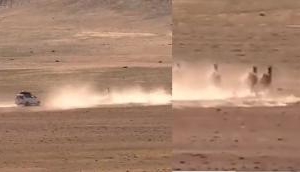

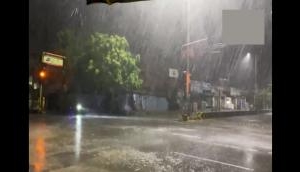
_251021_300x172.jpg)
![BJP's Kapil Mishra recreates Shankar Mahadevan’s ‘Breathless’ song to highlight Delhi pollution [WATCH] BJP's Kapil Mishra recreates Shankar Mahadevan’s ‘Breathless’ song to highlight Delhi pollution [WATCH]](http://images.catchnews.com/upload/2022/11/03/kapil-mishra_240884_300x172.png)

![Anupam Kher shares pictures of his toned body on 67th birthday [MUST SEE] Anupam Kher shares pictures of his toned body on 67th birthday [MUST SEE]](http://images.catchnews.com/upload/2022/03/07/Anupam_kher_231145_300x172.jpg)


